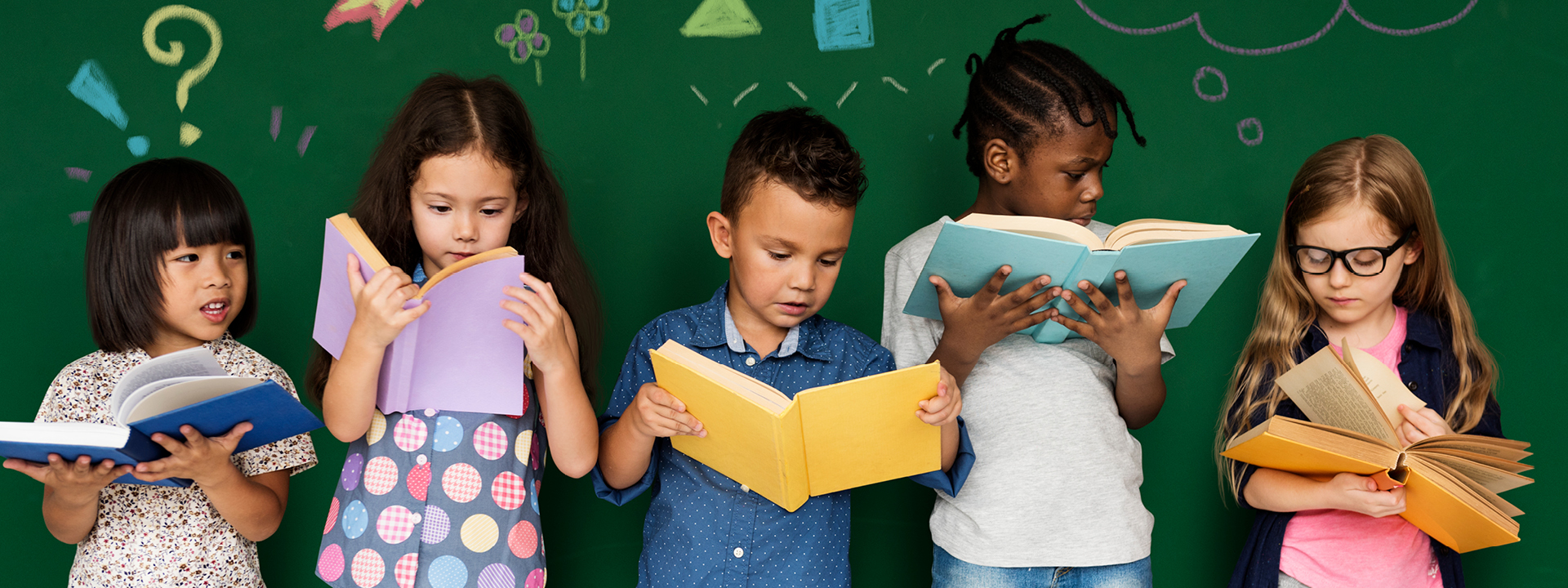How to encourage reading in the Early Years Classroom16 August 2024 | Admin 
Fostering a love for reading and literacy in the EYFS is crucial for setting the foundation for learning and developing important skills. During these formative years, children develop essential language skills, and their experiences with books can shape their attitude towards reading and studying in the future. In this blog post we’ll explore a few strategies to encourage reading and literacy in the Early Years classroom, ensuring that every child develops a strong and positive relationship with books and language. 1. Create a Print-Rich Environment One of the most effective ways to encourage literacy is by creating a classroom environment that is rich in print. This includes labelling objects around the room, displaying colourful posters with letters and words, and having books available in every corner of the classroom. When children are surrounded by words, they naturally become curious and start to recognise letters and words. 2. Set an inviting environment for reading 3. Display books and rotate the selection Make sure your book storage is easy to access and place the books with covers facing outwards, to catch children’s attention. Regularly rotate books to keep children interested, consider seasonal themes or topics of interest that reflect the current learning topics or events. 4. Incorporate storytelling and read-aloud sessions Storytelling and read-aloud sessions are powerful tools in developing a child’s literacy skills, these activities not only introduce children to new vocabulary but also enhance their comprehension and listening skills. Reading aloud with expression, using different voices for characters, and asking open-ended questions about the story can make the experience interactive and engaging for children. 5. Encourage early writing and mark making Literacy isn’t just about reading, is also about writing. Providing opportunities for early writing and mark-making helps children understand the connection between spoken and written language. Offer a variety of materials such as crayons, markers, chalk, and pencils and create spaces in the classroom where children can freely express themselves through writing or drawing. 6. Celebrate milestones Celebrating literacy milestones, no matter how small they seem, can boost a child’s confidence and enthusiasm for reading and writing. Whether it’s recognising a child’s first attempt to write their name or as they manage to retell a story, these achievements should be celebrated. Promoting reading and literacy in the EYFS classroom requires creativity, enthusiasm, and a thoughtful approach. By fostering literacy, we can inspire a love for reading that will benefit children for years to come. Remember, the goal is to make reading a joyful and rewarding experience, laying the foundation for a lifetime of learning and exploration. |